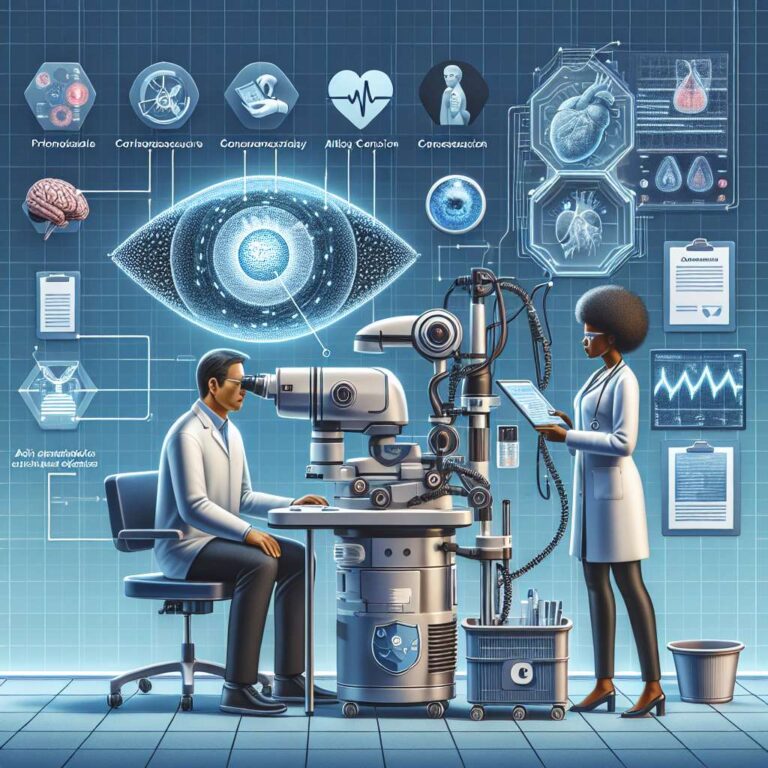Monash University researchers, together with the Digital Health Cooperative Research Centre and Optain Health, have launched a research initiative to apply Artificial Intelligence to retinal imaging to improve early detection of systemic chronic disease. The project aims to build a multimodal foundational model that can detect a broad range of conditions, explicitly including cardiovascular disease and chronic kidney disease, from routine retinal images. The team will analyse de-identified, linked health data spanning decades and hundreds of thousands of participants to develop non-invasive screening tools that support earlier diagnosis, treatment and prevention.
The research frames the eye as a window to whole-body health and advances the field of oculomics, which seeks disease biomarkers in retinal structure and vasculature. Associate Professor Zongyuan Ge from the AIM for Health Lab at Monashu2019s faculty of information technology said the project will apply the latest Artificial Intelligence methods to overcome the manual and onerous analysis historically required by oculomics. Optain Healthu2019s president, Dr Zachary Tan, and CEO Jeff Dunkel said the effort could enable earlier intervention and empower patients to take greater control of their health by providing a rapid, cost-effective point-of-care screening tool. Optainu2019s technology suite includes a portable robotic retinal camera, Artificial Intelligence-enabled software and a teleophthalmology service for clinical deployment.
Project partners emphasise the potential health-system benefits. The article notes that chronic diseases such as cardiovascular disease and chronic kidney disease affect nearly half of Australians over 65 and that existing screening tools can be invasive, costly or insufficiently personalised. DHCRC CEO Annette Schmiede said integrating ocular imaging with Artificial Intelligence could tailor healthcare to individual needs, enhance cost-effectiveness and shift care toward prevention. The release describes the initiative as a translation-ready collaboration that unites clinical expertise, advanced Artificial Intelligence research and industry capability to deliver innovations aimed at improving patient outcomes and lowering health-care costs.

